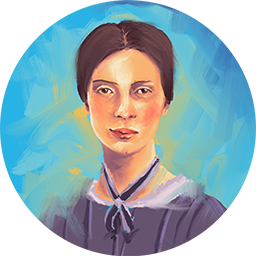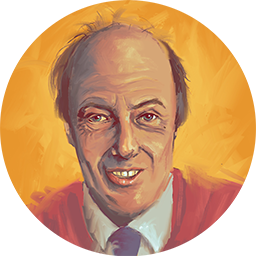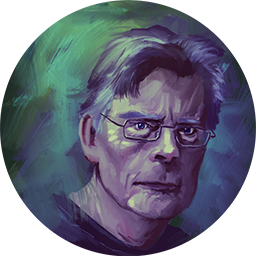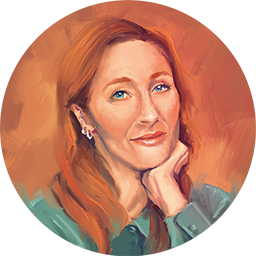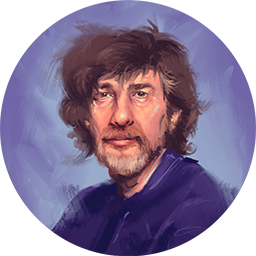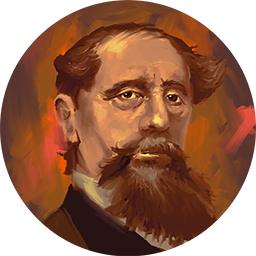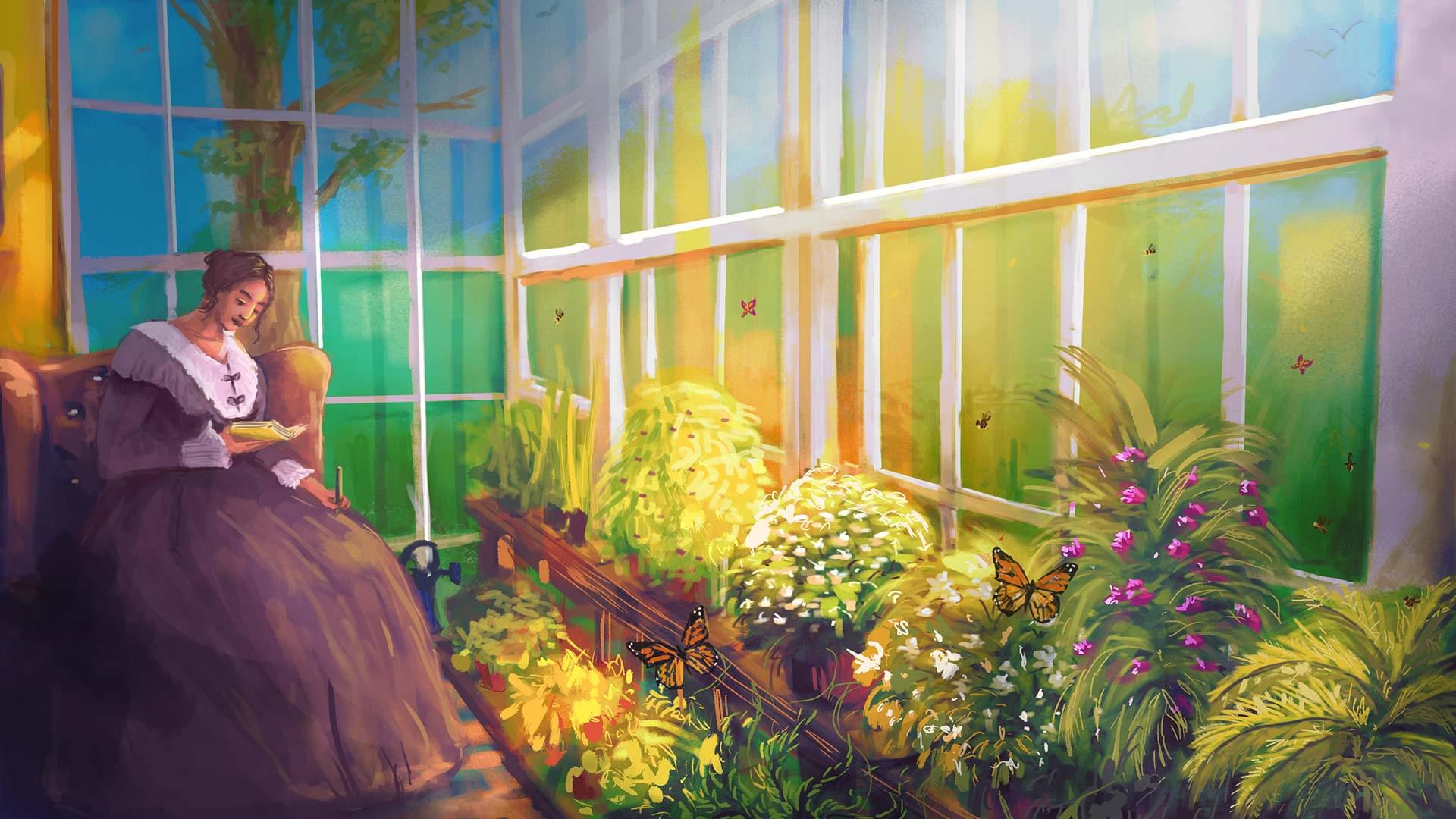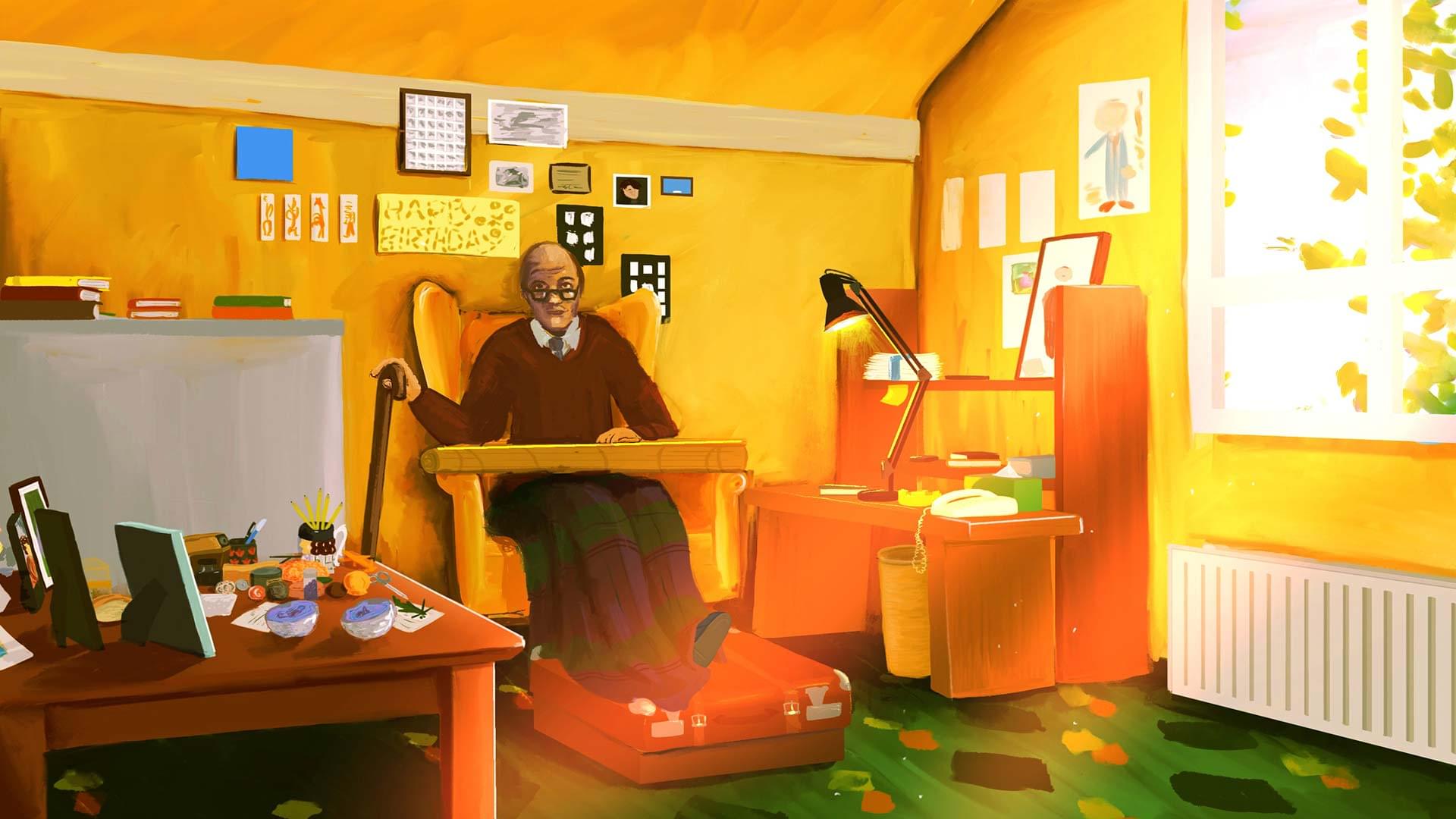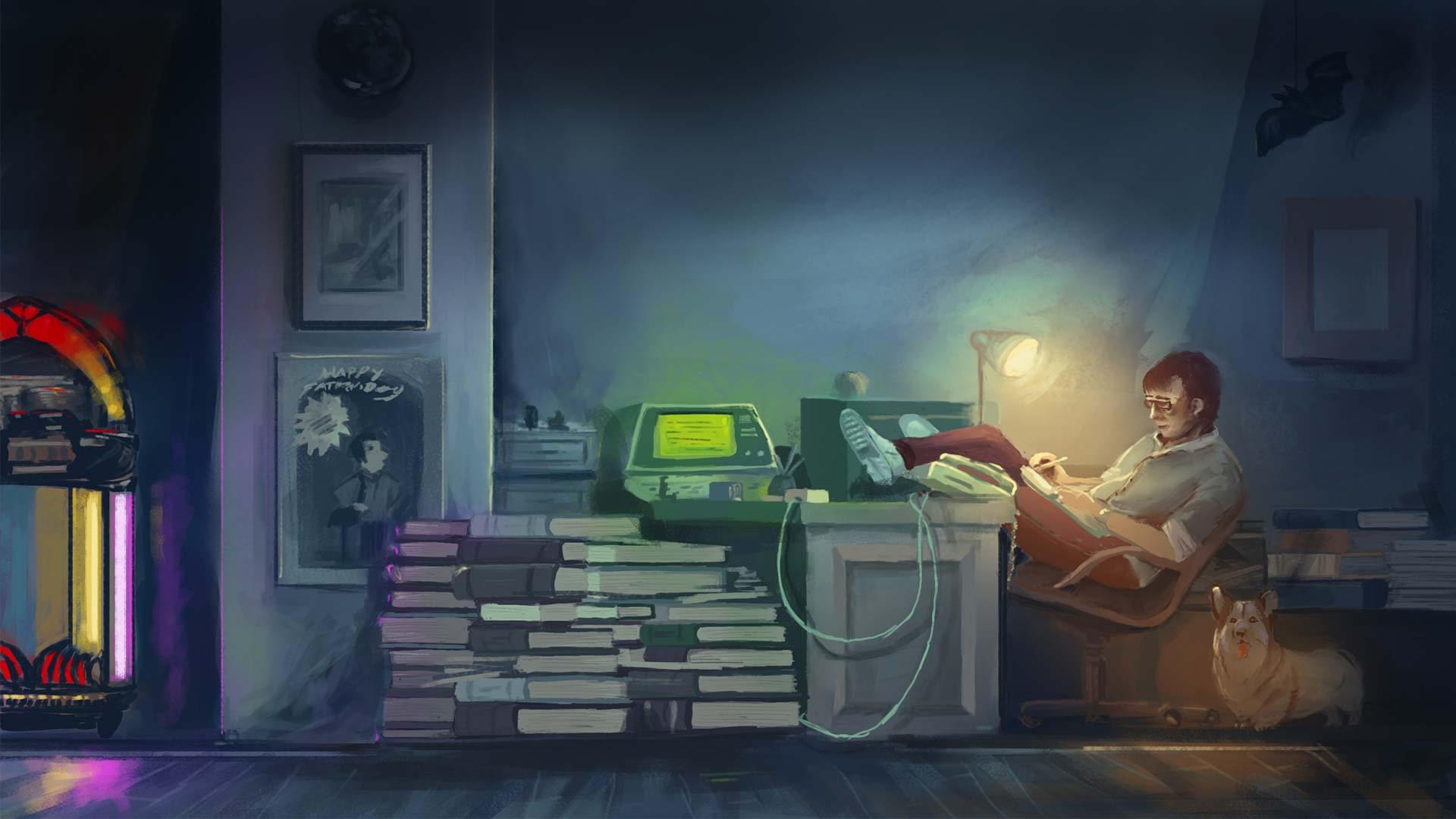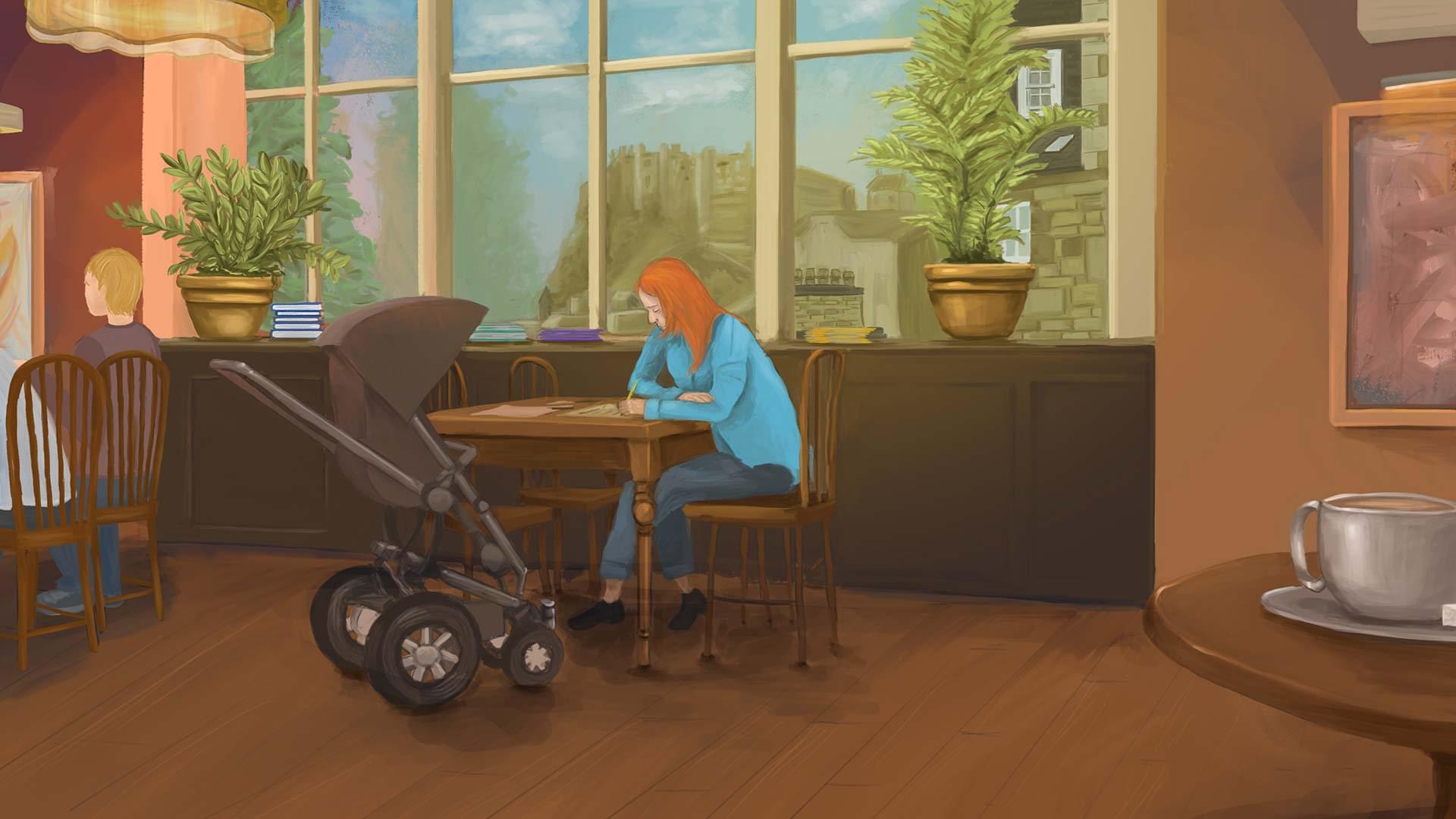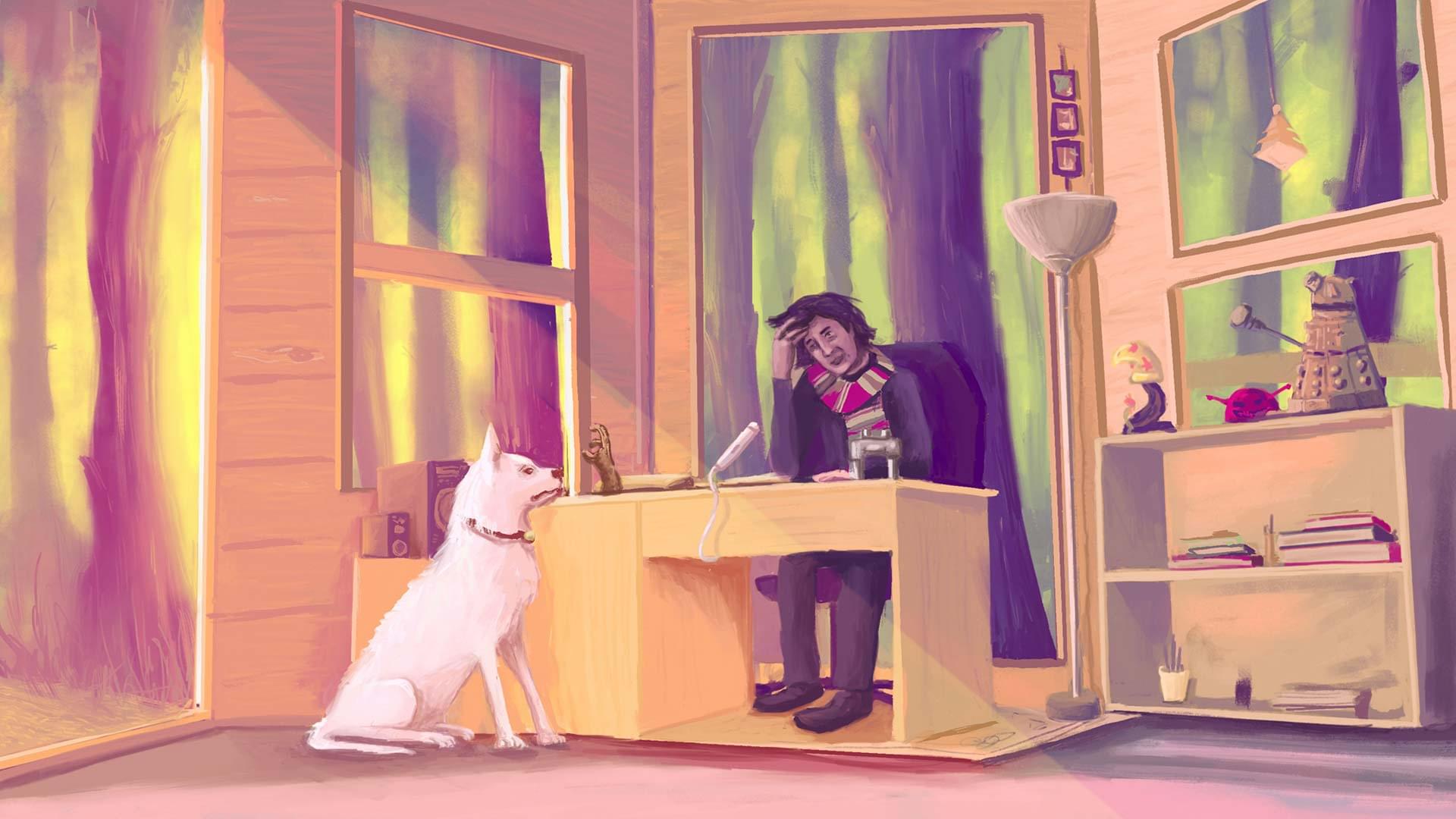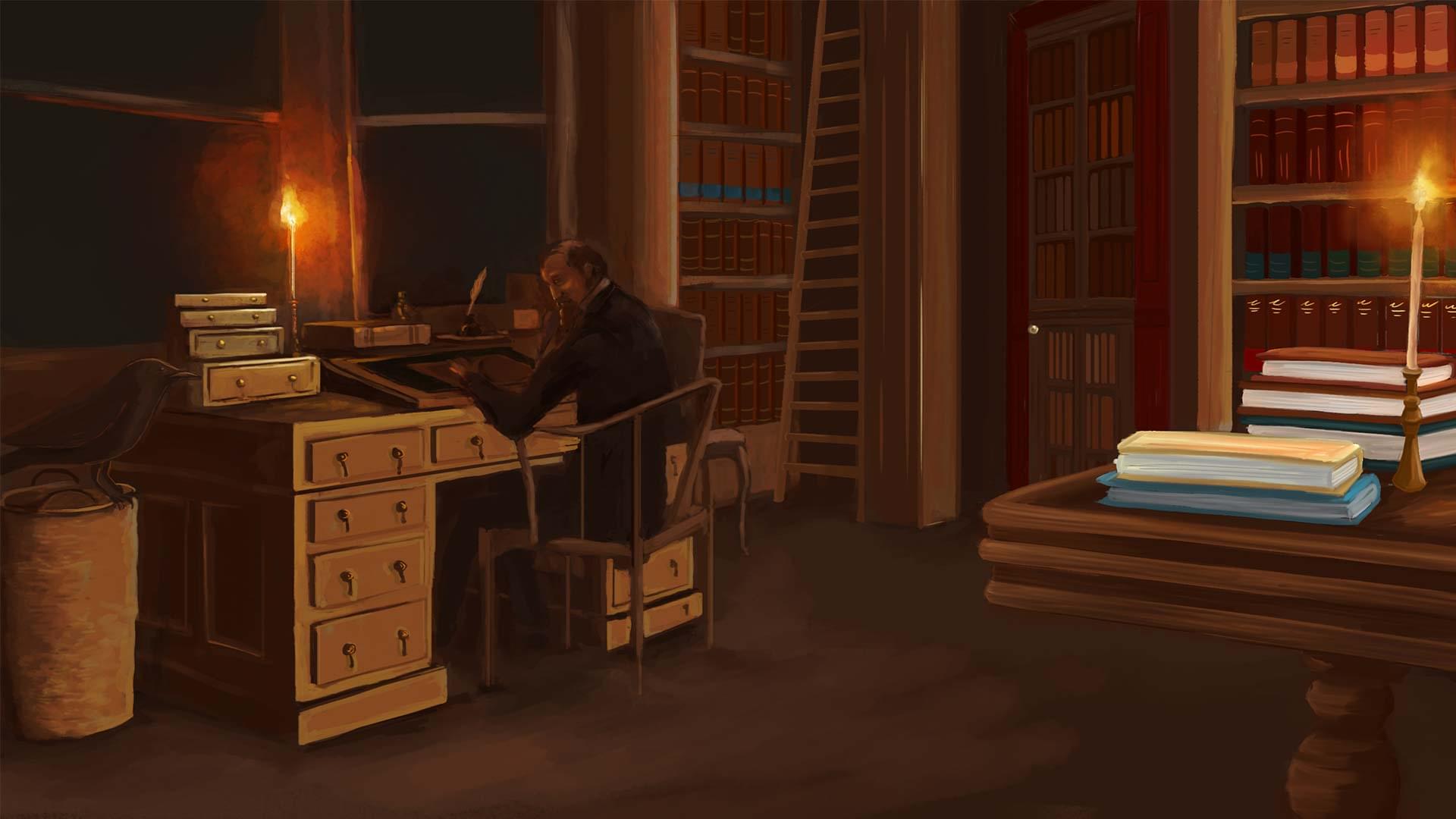Emily Dickinson
A figure of mystery throughout her life, the poems of Emily Dickinson only received critical acclaim following her death. A keen gardener and botanist, she spent most of her time writing in her 19th century conservatory – surrounded by nature...
Roald Dahl
They say that some of the most epic adventures are brought to life in the most humble of places – which is why Roald Dahl’s hut is such an iconic place in children’s literature. This is where the former war hero created most of your favourite fictional characters...
Stephen King
Disturbing, gruesome and spine-chilling. The novels of Stephen King come from a dark place. He lives in a house fit for your worst nightmare – so, explore it at your peril. After all, they don’t call him the ‘King of Horror’ for nothing...
J. K. Rowling
Have you ever wondered where J. K. Rowling came up with the idea of Parseltongue? Fantasised about flying Ford Anglias? Visualised Veritaserum? Or imagined any of the other magical makings of the wizarding world? Read all about the Edinburgh cafe she frequented in the early days...
Neil Gaiman
The perfect writer’s retreat is untouched by all the distractions of the outside world. Quiet, calm and enchanting – the gazebo at the bottom of Neil Gaiman’s garden is exactly that. A place where procrastination and productivity combine to create the most bewitching works of fantasy...
Charles Dickens
It’s said that Charles Dickens insisted on taking his desk with him everywhere he went but most of the time, it lived in his study in 19th century Victorian London. From Oliver Twist to David Copperfield, you can trace the origins of some of his greatest tales back to this location...
Emily Dickinson’s Conservatory
I dwell in possibility...
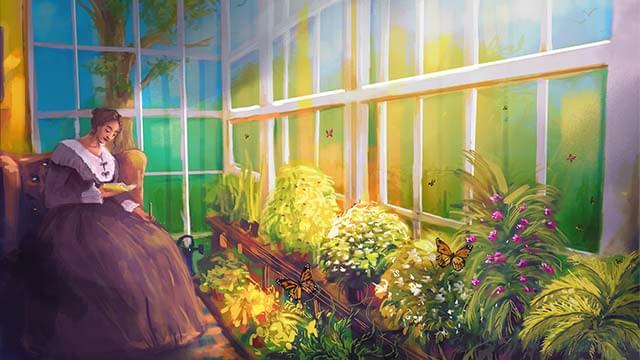
It’s not unusual for writers to keep themselves in isolation – but in the case of Emily Dickinson, we’re talking about one of the most reclusive souls in the world of literature.
Born Emily Elizabeth Dickinson in Amherst, Massachusetts on December 10th, 1830, her 55-year life was spent in the peace and tranquility of the conservatory – where it’s believed she wrote the majority of her poetry.
The conservatory fuelled her passion for plants and gardening as much as it provided the perfect setting for poetic production. It’s said that Emily would spend long summer hours sitting in the conservatory attached to the Italianate cupola, which her father had built – dreaming, reflecting, fantasising and generating verses that have since inspired a generation of poets across the world.
In the conservatory, she found herself at her most comfortable. At one with nature – safe in the presence of her own thoughts amongst the exotic buttercups, ferns, heliotropes and jasmine she collected over the years.
Due to her introverted nature, Emily was unwilling to share her poems with anyone. It wasn’t until after her death in 1886 that her literary work came into prominence.
Her younger sister, Lavinia Norcross Dickinson, discovered the manuscripts and made it her mission to share Emily’s poetry with the world. Without Lavinia, Emily’s poetry would’ve ended with Emily’s life, “a loaded gun”.
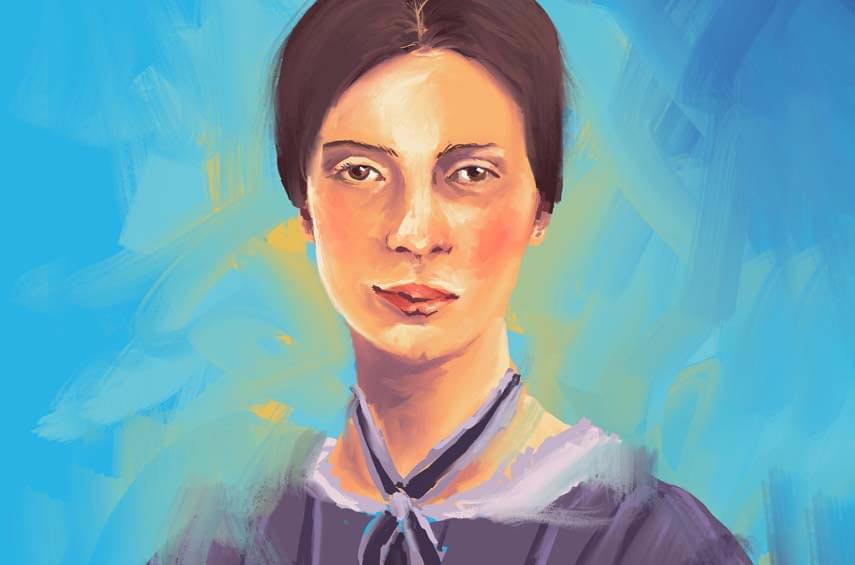
| Only ten of Emily Dickinson’s poems were actually published in her lifetime. | |
| It’s believed that she had a deep infatuation for a woman named Susan Gilbert – who may or may not have been the subject of her cryptic love letters. | |
| She rebelled against the strong religious views of the time – seemingly favouring science in her writing. | |
| Amongst ‘poetry geeks’, she’s famed for her unorthodox use of punctuation, rhythm and syntax. | |
| It is said that she often wore white and the only surviving article of clothing is a white dress owned by the Amherst Historical Society. |
Roald Dahl’s Hut
The writer walks out of his workroom in a daze.
He wants a drink. He needs it...
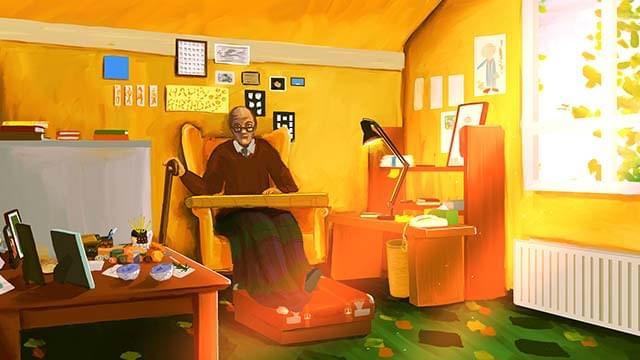
The Witches. Matilda. James and The Giant Peach. The BFG. Charlie and the Chocolate Factory. Fantastic Mr Fox... we could go on and on.
We all know that Roald Dahl – the man behind our favourite childhood novels – is a legendary and much-beloved storyteller. But, where were those iconic tales imagined?
Well... if you’re ever lucky enough to get the opportunity to visit the Roald Dahl Museum, you’ll learn that he lived an extraordinary life before becoming a writer of fiction – as a spy, fighter pilot and later as a diplomat during the Second World War. If you’re even luckier, you’ll perhaps get the chance to step inside the garden shed where Roald Dahl wrote many of his most famous stories – his ‘writing hut’.
This old, dark, dingy – yet charming little room, is just as quirky and even less glamorous than you always dreamed it would be.
You can imagine the great man sat upright in his battered armchair; a worn blanket in his lap and the taste of blueberry pie chewing gum on his tongue.
His nostrils twitching as he imagines the rancid stench of Mr Twit’s beard colliding with the pungent aroma of blabbersnitch beaks and crabcruncher claws sizzling alongside each other in a cauldron.
The fizz of frobscottle churning in his stomach. The newt–water soaked shrieks of Miss Trunchbull ringing in his ears.
Imagery as timeless and indestructible as an everlasting gobstopper – all brought to life on paper through the unmistakable illustrations of Quentin Blake.
It’s said that Dahl would spend four hours in the shed every day – scratching his ideas down with a pencil on his trademark yellow paper. Even today the scent of tobacco lingers on – the silent mark left from years of storytelling in the most humble of settings.
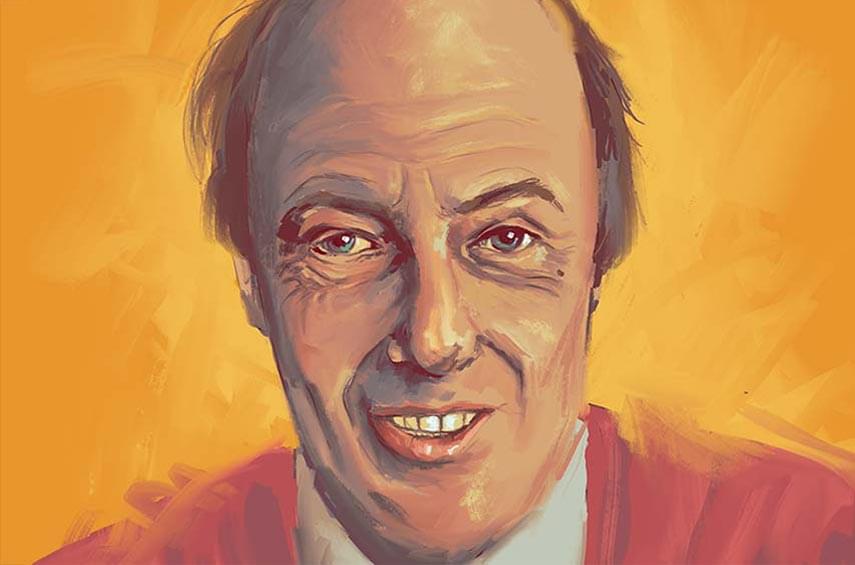
| Roald Dahl was born in Wales to Norwegian parents. | |
| He would write for around four hours per day from 10am-12pm and 4pm-6pm. | |
| Most of his characters were based on people he’d met in real life (including his own mother in The Witches). | |
| He invented his own language called ‘Gobblefunk’ – consisting of more than 500 imaginary words. | |
| His work for MI6 was one of the reasons he was chosen to write the James Bond screenplay You Only Live Twice. |
Stephen King’s
House on The Hill
The road to hell is paved with adverbs.
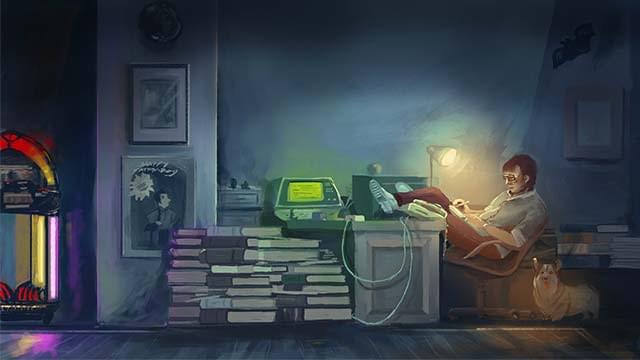
Bangor, Maine. A sleepy lumberjack town where towering pines leave long dark shadows. From the attic of his Victorian house, Stephen King stares beyond the piles of paper surrounding him, consumed only by his own twisted, yet ingenious thoughts. Just a typical day at the office for the man they call ‘The King of Horror’.
They say to create a genuine sense of foreboding within writing, the author has to become immersed in their surroundings – tailoring the atmosphere around them to such a degree that they too feel the sense of uneasiness they’re trying to create.
Stephen King’s Maine residence is the perfect example of this.
Picture the classic haunted house. Wrought iron gates, closed patchwork curtains with an occasional tendency to twitch; dusty window panes reflecting out to an uninviting pathway, leading to even less welcoming front door that you wouldn’t want to slam shut behind you.
It might seem like nothing more than a cliché, but it’s no surprise that some of the world’s most successful works of horror were created in places just like this – 'Salem’s Lot, Pet Sematary, The Shining and countless more novels and short stories have propelled the genre to new heights over the last 30 years.
Take a stroll down the hill into the town of Bangor and you’ll feel its indisputable influence on the fictional town of Derry – the place terrorised by Pennywise.
But, the writing room on the top floor of the house is where the magic happens. Stephen King’s very own ‘sanctuary of scares’. A place where horror is born over and over again...

| Stephen King is an avid fan of the Boston Red Sox. | |
| His comfortable approach to tackling troubled subjects is often attributed to witnessing his friend die in a train accident as a child. | |
| He has also written under two alternative pen names – John Swithen and Richard Bachman – and even wrote a creepy children’s book under the name Beryl Evans. | |
| He loathes Stanley Kubrick’s film adaptation of The Shining. | |
| He also wrote Michael Jackson’s music video for ‘Ghosts’. |
J. K. Rowling’s Writing Cafe
Writing and cafes are strongly linked in my brain...
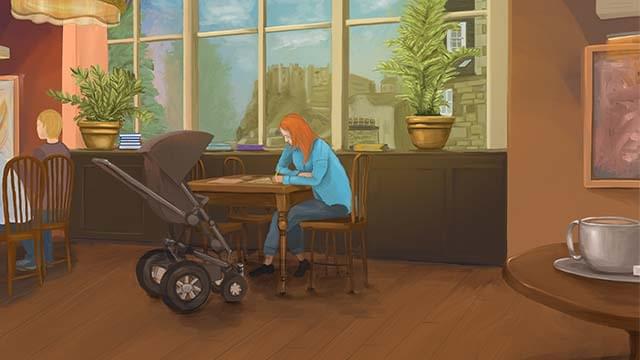
The next time you’re sat in a busy cafe, take a look around you. You might just catch a glimpse of the next J. K. Rowling. The next groundbreaking series of magical fantasy being penned right in front of your eyes as you tuck into your scrambled eggs with a side of haggis balls...
It might be more likely than you realise.
Because once upon a time, while somebody was brewing a pot of earl grey in Edinburgh’s Elephant Cafe, Joanne Rowling was sitting a few tables away brewing Polyjuice Potion … at least in her imagination.
You can trace some of the early inspiration for Harry Potter right back to the Elephant House. Oblivious to the hustle and bustle of people coming and going, Joanne would often become lost in her own world. A world that she would come to share with over 500 million of us.
At this point, she was a single mother living on benefits. The original concept of the soul sucking dementors introduced in the third book was born out of the feelings of depression and loneliness she was experiencing at the time.
She’d often gaze out of the window. The mythical and timeless aesthetic of Edinburgh was the perfect backdrop. The spiritual home of Hogwarts.
She’d study people as they hiked up and shuffled down the cobbled streets. Young, interesting folk going about their business in a real-life Diagon Alley.
The cafe is not just a symbol of Harry Potter’s origin. It’s a telling chapter at the very beginning of J. K. Rowling’s inspirational rags to riches story.
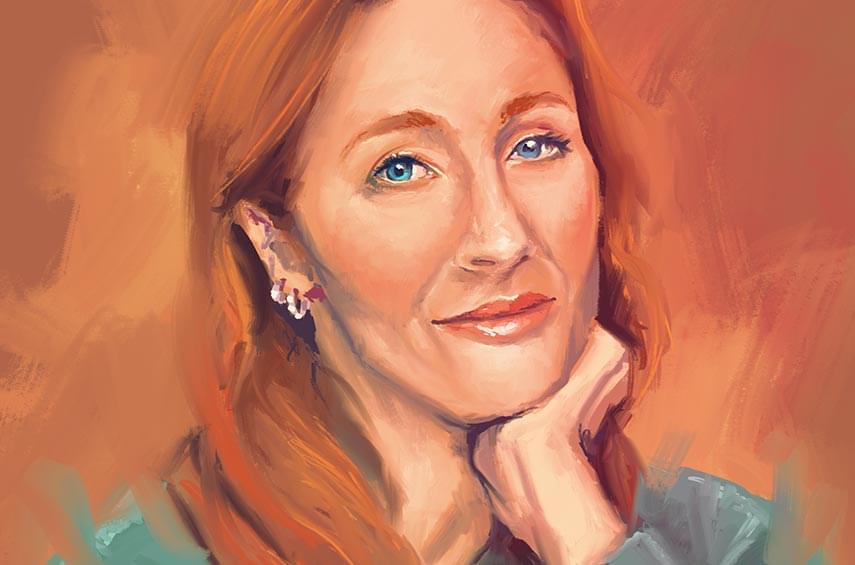
| J. K. Rowling shares the same birthday as Harry Potter – July 31st. | |
| The first idea for Harry Potter came to her on a crowded train, where she was forced to write the initial concept on a napkin. | |
| She based the character of Hermione on her younger self, as an enthusiastic and bright young girl. | |
| Harry Potter was rejected by 12 different publishers before it was picked up by Bloomsbury in 1996. | |
| Fantastic Beasts and Where to Find Them was J. K. Rowling’s screenwriting debut. |
Neil Gaiman’s Gazebo
Tomorrow may be hell, but today was a good writing day, and on a good writing day nothing else matters.
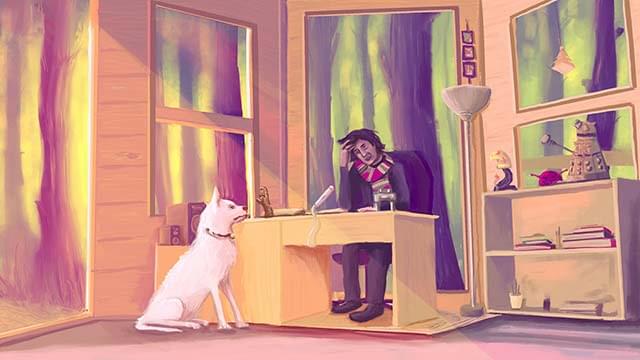
A good writing day for Neil Gaiman usually includes his gazebo.
The British-born writer has always lived in books. But his body can often be found writing (by hand) in the gazebo at the bottom of his Wisconsin garden.
Just far enough from the home’s WiFi signal, the distractible Neil Gaiman has just two things he can do here:
- Option 1: Nothing
- Option 2: Write
Though the tranquility of option 1 is appealing, he admits that looking out the window into nature loses its charm after five minutes.
So, he writes.
He writes novels with a blue-inked fountain pen one day. And a black one the next, which helps him track his productivity by the day.
In the winter, he wears a thick Doctor Who-style scarf when writing. Once he’s finished for the day, he carries the ink bottles back into the house, so they don’t freeze overnight.
It was in this very gazebo that Neil gave himself permission to finish writing The Graveyard Book – a story he’d held off writing for over a decade, because he didn’t feel “good enough” for the idea.
It was only after reading the fourth chapter to his daughter when everything changed.
“What happens next?” she said.
Who knows? If it wasn’t for this encounter, Neil Gaiman might have abandoned The Graveyard Book and the gazebo would never have seen him complete the first draft.
And we might never have read about the moment baby Bod crawled into the graveyard on that fateful night...

| Neil Gaiman’s amazing ideas aren’t the only thing that buzz around his garden. He’s also a keen beekeeper! | |
| He treats his books as though they have genders – Coraline being a female book and American Gods appealing to males. | |
| Upon releasing The Graveyard Book, he became the first author ever to win the Carnegie and Newbery awards for the same novel. | |
| Neil Gaiman’s stunning white dog Cabal is often seen in pictures of the gazebo. | |
| He’s a very active and well-followed user on Twitter – using the platform to share some of his most thought-provoking ideas. |
Charles Dickens’ Candlelit Study
Prowling about the rooms, sitting down, getting up, stirring the fire, looking out the window, teasing my hair, sitting down to write, writing nothing, writing something and tearing it up...
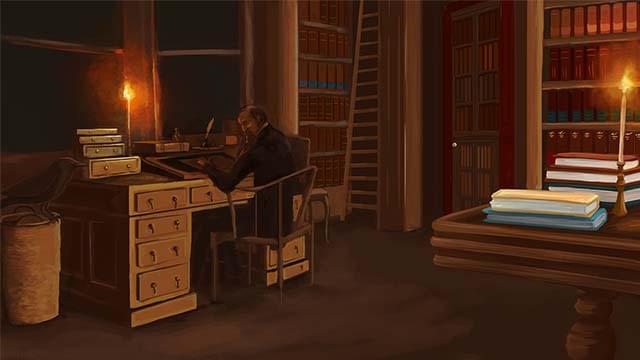
A sympathiser to the poor, the suffering, and the oppressed; and by his death, one of England's greatest writers is lost to the world.
These are the words inscribed on the tomb of Charles Dickens at his resting place at Poet’s Corner, Westminster Abbey.
Even though he was a real person, Dickens seems as mythical as his most famous creations.
Ebenezer Scrooge, Oliver Twist, Nicholas Nickleby and David Copperfield to name but a few. Characters that were all invented in the ambience of the 19th century Victorian study.
Picture the scene.
Dickens – quill in hand, a roaring fire crackling in the background, the ink of each word shimmering under candlelight just before it dries into the parchment.
Images of rag-tag pickpocket gangs and gruel-fuelled workhouses flashing before his eyes. The smell of soot and the earthiness of cobbles burning into the paper.
It’s said that Dickens would insist on writing at his familiar desk, sat on his usual chair – which you can see for yourself at the Charles Dickens Museum in London.
The museum is in fact the original house where Dickens lived with his wife and children, 48 Doughty Street – and the place is awash with memories.
And, the study itself forms the central part of the Dickensian experience.
An enchanting room that still today feels like it’s haunted by the Ghost of Christmas past.

| Dickens had ten children with his wife Catherine Hogarth. | |
| In 2009, a biographer claimed that Dickens showed mild signs of OCD because of his tendency to comb his hair in excess of 100 times a day and urge to touch objects three times for luck. | |
| According to his will, his burial at Westminster Abbey was against his wishes. | |
| Charles Dickens was one of the first members of ‘The Ghost Club’ – an exclusive group of paranormal enthusiasts in Victorian London. | |
| In typical Dickens fashion, he didn’t have a ‘normal’ pet – he owned a black raven named Grip. |
